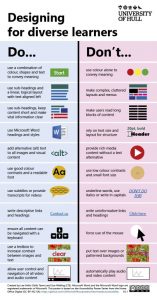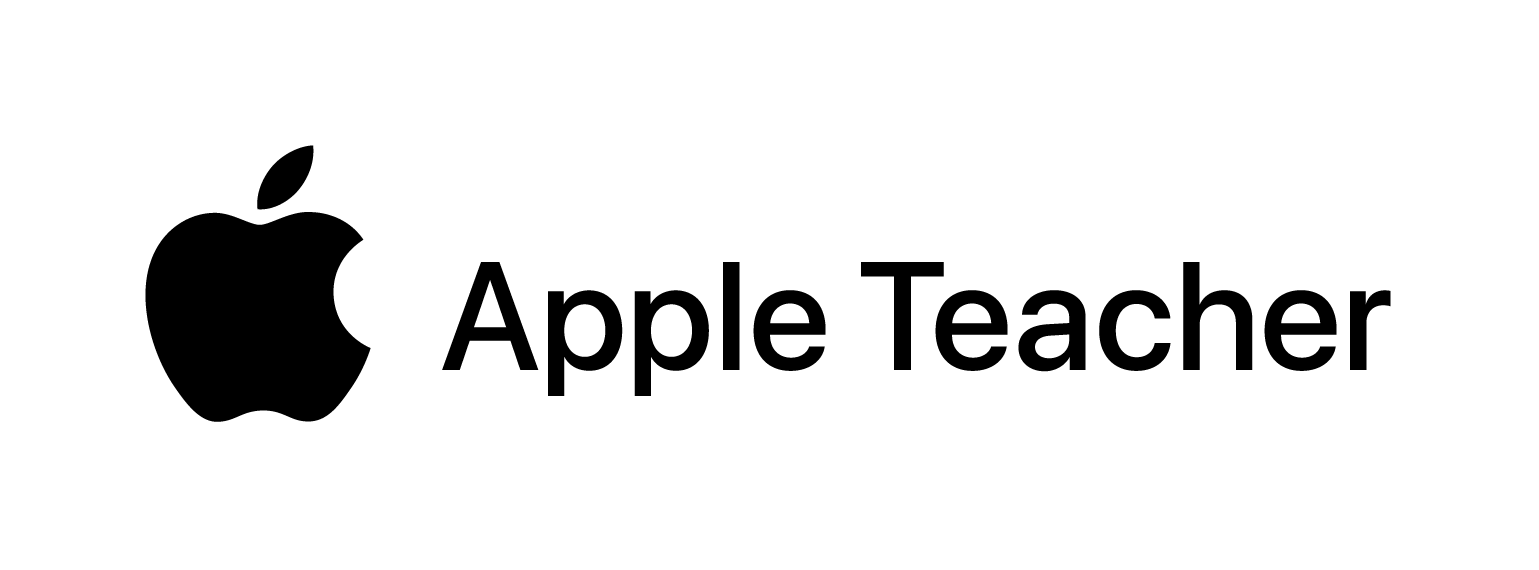As the landscape of tertiary education (UK FE and HE sectors) continues to evolve, the integration of accessibility and accessible practices has become a focal point for educational institutions. In part, this was driven by the introduction of the Public Sector Bodies Accessibility Regulations in 2018 and by the social shift to inclusive practice over the last decade.
While the immediate benefits of accessibility in education are often discussed in terms of inclusivity and equal opportunities for students with disabilities, there is another significant advantage that is often overlooked: the upskilling of students in accessibility practices and the wider effect this has on society, long-term.
In the summer of 2023, I worked with South Gloucestershire and Stroud College to investigate embedding inclusive practice, and student accessibility skills was highlighted as one potential approach. This blog post aims to suggest how incorporating accessibility into tertiary education not only fosters an inclusive learning environment but also equips students with valuable skills and graduate attributes that they can apply in the wider world.
The Current State of Accessibility in Tertiary Education
Despite legislative frameworks and guidelines advocating for accessibility, such as the Equality Act 2010 in the United Kingdom, there remains a gap in the full implementation of accessible practices within tertiary education. While many institutions have made strides in providing physical accommodations and assistive technologies, there is still room for improvement in embedding accessibility into the curriculum and teaching methodologies.
Upskilling Students in Accessibility Practices
Technical Skills
Incorporating accessibility into the curriculum means that students will naturally acquire technical skills related to making digital content more accessible. This includes understanding how to create accessible websites, documents, and multimedia content. These skills are not only beneficial for students pursuing careers in technology and design but are increasingly becoming essential competencies across various sectors.
Ethical and Social Responsibility
Teaching accessibility as a part of tertiary education also instils a sense of ethical and social responsibility in students. Understanding the importance of inclusivity and equal access encourages empathy and a commitment to social justice, qualities that are highly valued in today’s globalised world.
The 2018 legislation focuses only on public sector organisations, however, by embedding the skills and behaviours of inclusiveness in the education of students, those practices will propagate into private and third sector organisations, leading to a fairer, more accessible future for all.
Problem-Solving and Innovation
Accessibility challenges often require creative solutions. By engaging with these challenges as part of their education, students develop strong problem-solving skills. They learn to approach issues from multiple perspectives and to innovate, skills that are transferable to any professional setting.
Employability
The employability agenda has become a major discourse in Higher Education especially. The roles and salaries of recent graduates are used to score the institutions as producing ‘high quality graduates’. These scores hold great weight in university league tables, and therefore, have become a major focus of institutions. By developing students’ accessibility skills and behaviours, this can be a key selling point to potential employers, especially if they are public-facing and outwardly support inclusion.
A shared journey
In many institutions, accessible practices are only just beginning to be developed. By involving students in skill and behaviour development from the outset, it helps foster a shared and better experience and understanding. Approximately, 17% of Higher Education students have some sort of accessibility need (comparable with the general population), so given the greater number of students within an institution compared to staff, it supplies a much greater number of experiences to base recommendations and actions on.
The Wider Impact
When students are upskilled in accessibility practices, they carry these skills into the workforce, thereby contributing to a more inclusive society. Whether they enter the fields of technology, healthcare, public policy, or any other sector, their understanding and application of accessibility practices can make a significant impact. For instance, a student who has learned about accessible web design could influence the development of more inclusive digital platforms in their future employment.
Be the change
The integration of accessibility and accessible practices into tertiary education serves a dual purpose. Not only does it create a more inclusive educational environment, but it also equips students with valuable graduate attributes that have far-reaching implications. As educators and policymakers, it is our responsibility to recognise the broader benefits of teaching accessibility and to strive for its comprehensive integration into the tertiary education curriculum.
By doing so, we are not just adhering to legal mandates or ethical principles; we are investing in the future, empowering our students to become agents of change in creating a more inclusive world.



